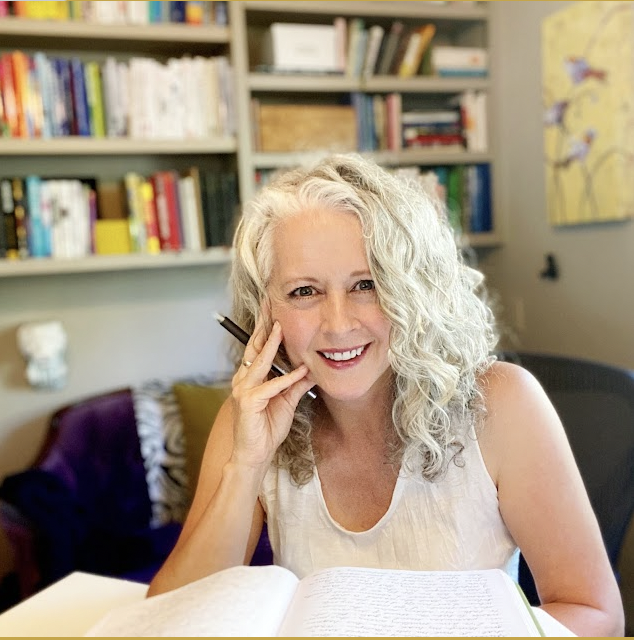
Alyson Stanfield is an art business coach and consultant “who works with ambitious artists who want to take control of their careers”. She is the founder of Art Biz Success, host of the The Art Biz podcast, and author of I’d Rather Be in the Studio: The Artist’s No-Excuse Guide to Self-Promotion.
As an artist, I have benefited from the many resources available on her platform and I was delighted to be recently a guest on her podcast about my blog and how it has nurtured my journey. It is therefore a great pleasure to interview her and collect her advice and testimony.
You have worked with thousands of different artists in your live workshops, online courses, and consulting. Are there some common mistakes that artists should avoid?
Where to begin? I think I got on a roll with this list, but I want to keep each point, which I have ranked in order of importance.
#1 Mistake: Neglecting their studio practice. I never thought I’d have to convince artists about how important it is to show up for the work, but some artists would almost do anything other than facing the hard job in the studio. You can’t wait for the muse. You just have to get to work. Without the art, you are not an artist and have no chance of a successful business or career.
#2 Mistake: Skipping the fundamentals, like mixing colors or knowing intimately about the materials you use. You need to know your materials inside and out. You need to know how to prepare, complete, and finish an artwork, including how to properly mat, frame, hang, or install it. It’s evident when an artist tries to take shortcuts or doesn’t know what they’re doing.
#3 Mistake: Not understanding how critical it is in the art business to begin, nurture, and maintain professional and personal relationships. When you don’t follow up with leads or opportunities, or when you don’t follow through on promises or meet your deadlines, you will quickly get a reputation as flaky and unreliable.
#4 Mistake: Sending the wrong message online. It all starts with good photographs of the work. If you can’t get good photos of your art, hire someone. They’re that important—especially when you’re submitting them to shows and opportunities. I’m terribly annoyed by social feeds that don’t show any art. I follow you because you’re an artist. Show me your work!
#5 Mistake: Saying Yes to projects that aren’t aligned with their goals. For example, agreeing to a pet portrait commission when you are a sculptor. Don’t. Do. It. You’ll hate every minute of it, hate the person for asking you in the first place, and hate yourself for thinking it was a wise decision at some point.
#6 Mistake: Relying on a single sales venue, be it a gallery, your website, or social media. You can’t control social media platforms and never know what will happen to them or when they’ll adjust their algorithm. And you never know how long a gallery will stay in business. You really need to diversify how, when, and where your art is seen.
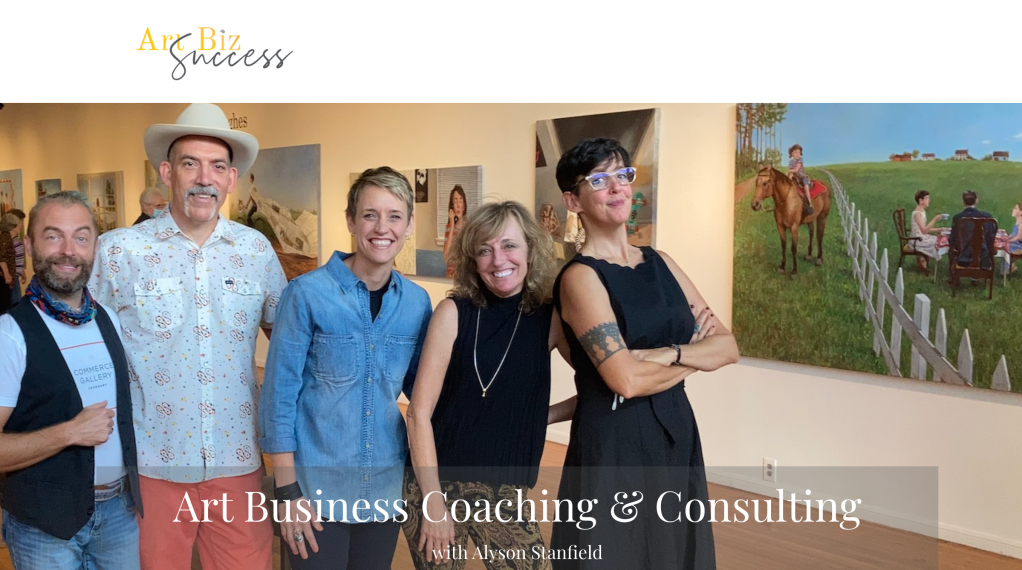
The term success can cover different aspects. How do you help an artist identify what success is for him/her?
You are correct! The word “success” is loaded and, if I’m being honest, it’s a word I’d like to shed in 2022. But for the sake of your question, let’s assume that there is a way for each artist to arrive at a specific definition.
For some, it’s about visibility and recognition from institutions. For others, it might be sales and income. But I suspect it’s a mixture, as you said, of many different aspects for most artists. It takes into account their ambitions and their limitations that might come from family, financial resources, lack of training, etc.
When I work privately with a client, we start with their vision. I ask what they want from their art, which is deliberate phrasing but often perplexing to artists. This question is a way to get at their definition of success.
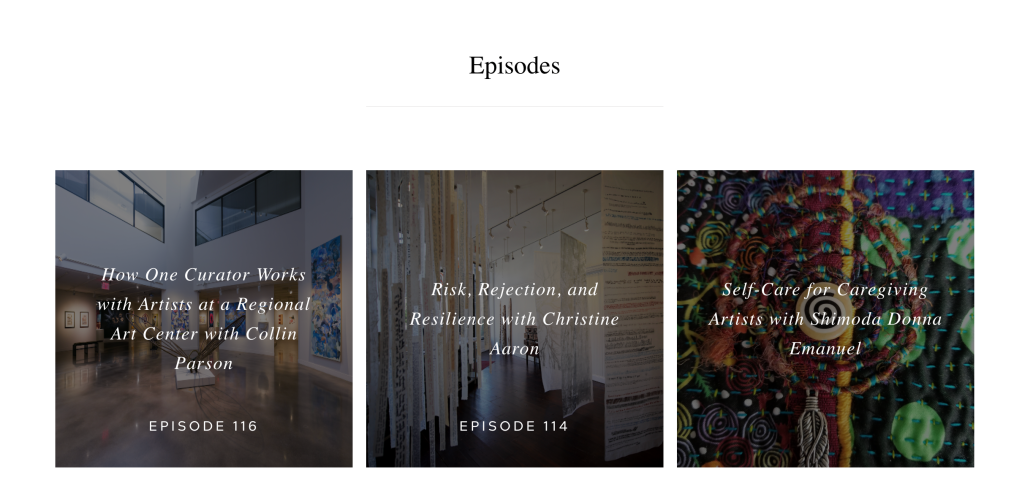
Can you share about the different ways an artist can work with you?
Yes! Thanks for asking.
I like to start by mentioning that my blog https://artbizsuccess.com/blog has been around since 2004 and The Art Biz podcast since 2016 (and in a different format than that much earlier). My point: I produce a lot of free content and it can all be accessed day and night. The search function on the blog page is fantastic. I encourage artists to look around and get to know me through what’s free for them.
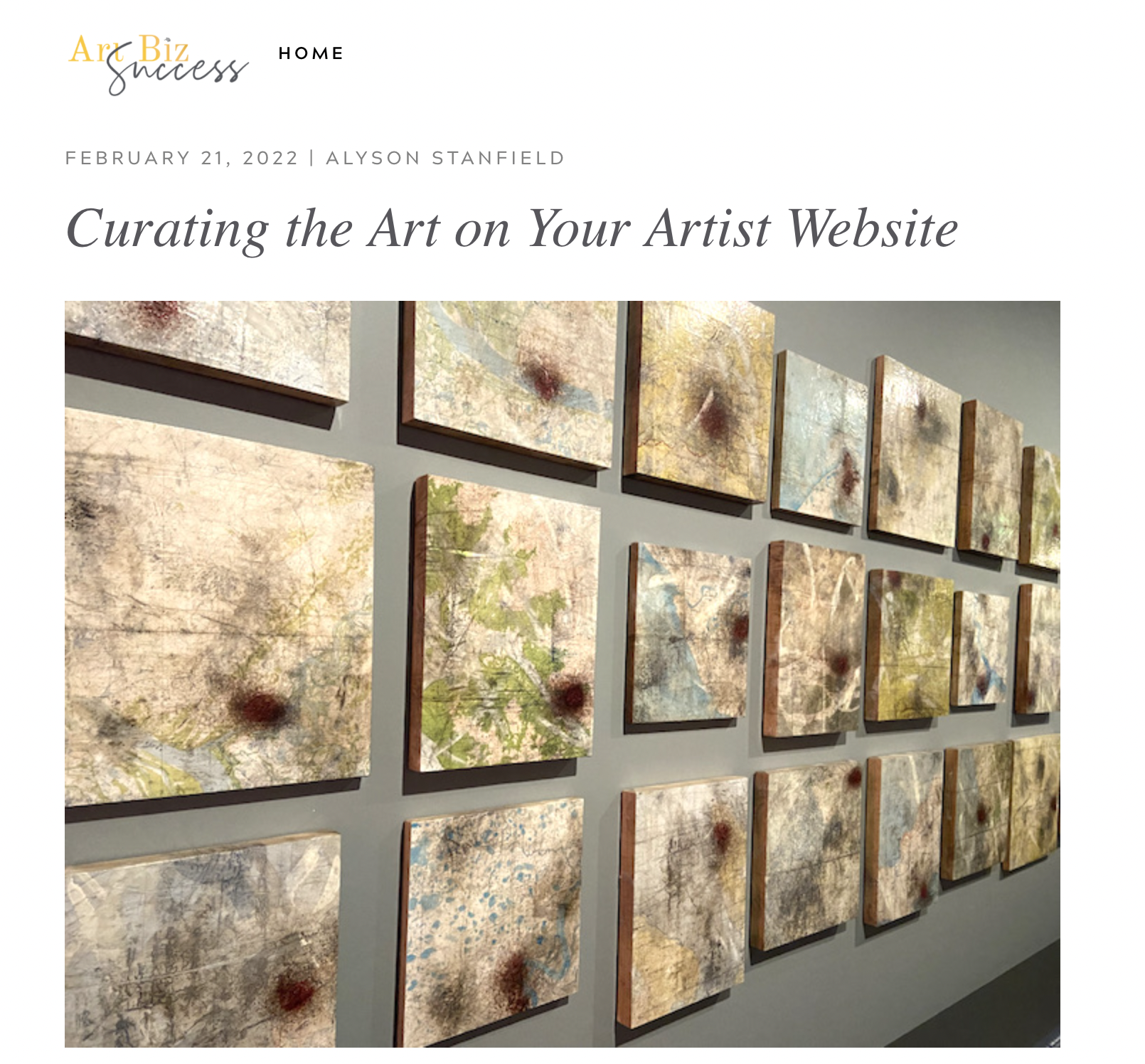
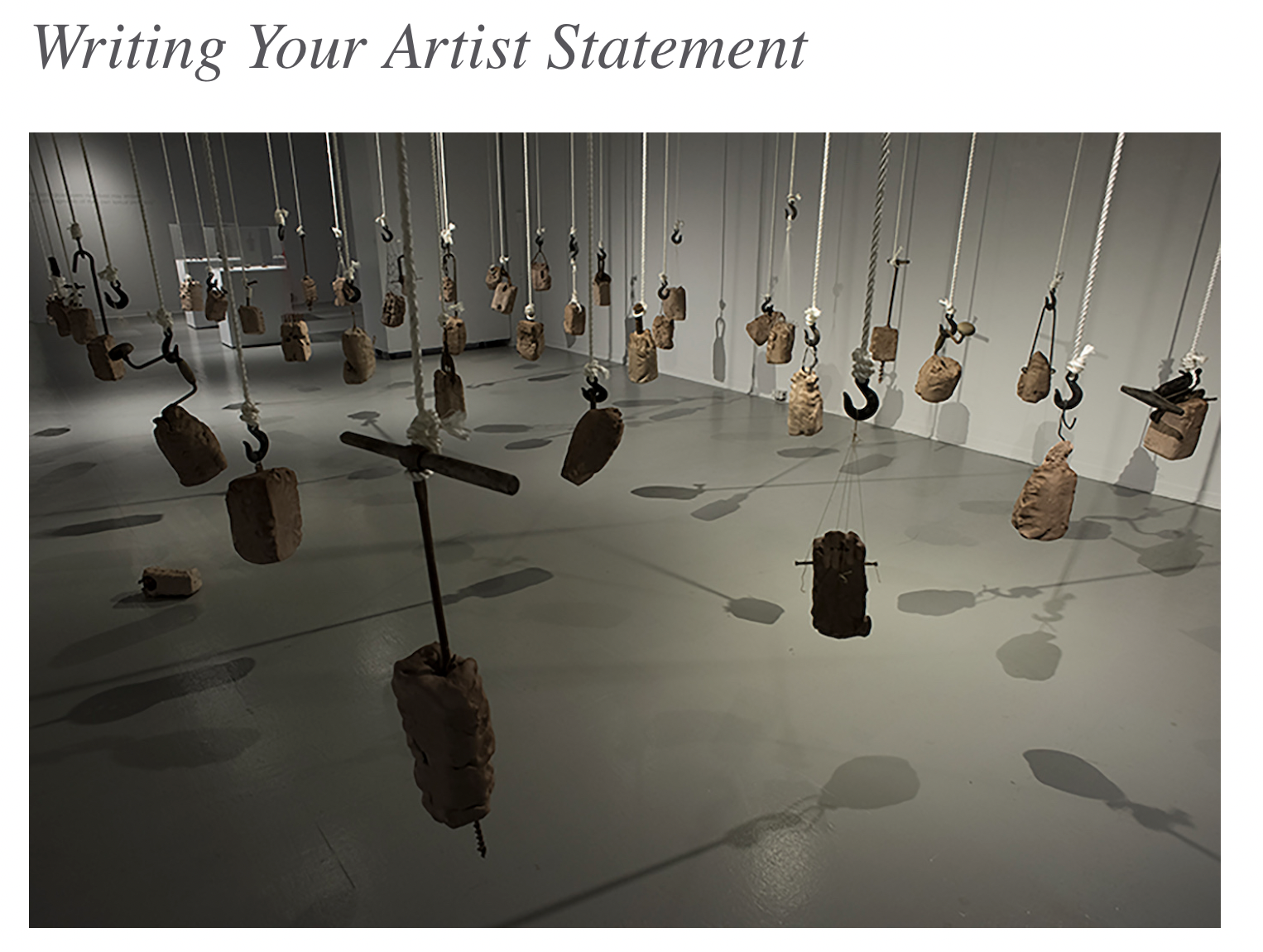
When you need more structure, I can support you through my online programs, which change three times a year. They’re created around a seasonal focus area, with content developed from nearly two decades of helping artists.
In 2022, our focus areas are Create Opportunities, Boost Your Online Marketing, and Get Organized. These programs are hybrid on-demand learning modules + live training + live Zoom sessions so our members can interact with one another. We have an active community forum filled with intentional and ambitious artists.
I also have mastermind groups for artists who already have a strong foundation in place.
I’m rethinking (always!) a lot of what I do and am really enjoying working privately with high-achieving clients. It’s rewarding to work so closely with someone and witness their growth and transformation. You may see me streamline my offerings in the future.
Finally, you started your career working in art museums. How did you start your own business?
Apologies in advance for this longish answer, but there are some good business lessons within the story.
In early 2001 I decided that life was too short to go where the museum jobs were and that I wanted to live in Colorado. I decided to start an art consulting business. Buying art with other people’s money sounded like a lot of fun to me! And I was serious about this.
When one is serious about a business, one gets business cards. Before I left the Wichita Art Museum, I hired our museum’s contract designer, who was incredibly talented, to design my business cards, logo, envelopes, and letterhead. Yep, I even had letterhead printed up.
Stanfield Art Associates was conceived in Kansas and built in Colorado.
When I worked in museums, it was our membership list that was our bread and butter. Those people received free entry, invitations by mail, newsletters, and discounts at the store. Our membership list was always up to date. They were who we worked for above all.
So I started my own list of contacts using my FileMaker Pro software.
To this day, I contend that your contact list is every businessperson’s–artist or not–most valuable marketing asset.
I stress this throughout my programs, and mentioned it as the #3 mistake artists make in the previous question: Neglecting personal and professional relationships.
I started sending letters of introduction (on my new stationery) to everyone I knew telling them what I was up to—asking them for referrals. I sent press releases to the cities and institutions I was connected to and got a short write-up in the Oklahoma City business journal. Then I started sending letters of introduction to the Denver arts community.
Very little came of this. I got one consulting gig in Tulsa for an old high-school buddy who saw my article in the Oklahoma City paper. And I got a framing and installation gig from my landlord who was connected to the City of Englewood, Colorado. I’m reminded of this experience every time an artist says, “I sent out 500 postcards and received no responses.” You’ve got to have more of a plan than a single marketing strategy.
The letters of introduction were my entire plan, if you can call it that. Sending letters isn’t a plan. It should be a small part of a larger plan. I did meet some gallerists and others in the art business because of the letters, but I had no consistent follow up or follow through.
I had no system. I had to figure it out, and that’s why I’ve made it easier for artists to nurture relationships by providing artists with reliable business systems in all of my programs. There are aspects of staying in touch with people that might seem risky (like that first contact with them), but there’s almost a guaranteed payoff for it. In my book, that eliminates a lot of the risk.
After that bust came the surreal period around September 11. The last thing anyone was thinking about was buying art. The last thing I wanted to think about was marketing my new business.
What I was getting at this time was inquiries from artists who had heard that I left the museum and was starting my own art consulting business. They didn’t exactly know what I was trying to build. All they knew was that they wanted help selling their art.
Almost all of them were looking for an agent. So, I thought, “I could do that!” Then I thought some more. I didn’t know anyone in my world of galleries and museums who wanted to deal with agents.
Instead of serving as an agent, I decided to help artists learn to be better agents for their work. I have never looked back and couldn’t imagine being in any other line of work.

